![]() CANDY CANE CARE
CANDY CANE CARE
Caulastrea are commonly referred to as either Candy Cane Corals or Trumpet Corals. They are a fast growing LPS Coral and can quickly form a large colony through fission where each polyp grows an additional mouth and then separates into two polyps. They are considered one of the more hardy corals making them beginner friendly. Please see below for more care tips for Candy Canes.
![]() LOCATION
LOCATION
Caulastrea or Candy Cane Corals are found all over the Indo-Pacific and Great Barrier Reef.
![]() LIGHTING
LIGHTING
Candy canes do not require much in the way of lighting. Medium to low lighting is a safer bet than the possibility of overexposure under lighting that is too intense. They maintain consistent coloration regardless of the type of lighting provided.
Low Light

Low light translates to about 30-50 PAR
Medium Light

Medium Light is between 50-150 PAR
High Light

High Light is anything over 150 PAR
Lighting is a loaded topic, so for a more in-depth discussion of lighting.
![]() WATER FLOW
WATER FLOW
Moderate water movement is recommended for this coral. LPS like candy canes appreciate enough flow to bring them food and take away film and mucus on the coral, but it is important to not blast them too hard with flow.
![]() FEEDING
FEEDING
Like many other LPS, candy cane corals can be fed a mix of meaty foods such as mysis or krill. Here at Tidal Gardens we do not go out of our way to spot feed these corals, but it can be accomplished easily. Candy canes open up and extend feeding tentacles when they detect food in the water.

![]() PROPAGATION
PROPAGATION
This genus for the most part has been propagated extensively in captivity and is an excellent candidate for aquaculture. The branching Caulastrea quickly multiply by forming a peanut shape and separating into two heads. It is reasonable to believe that a sustainable harvest can be achieved in time.


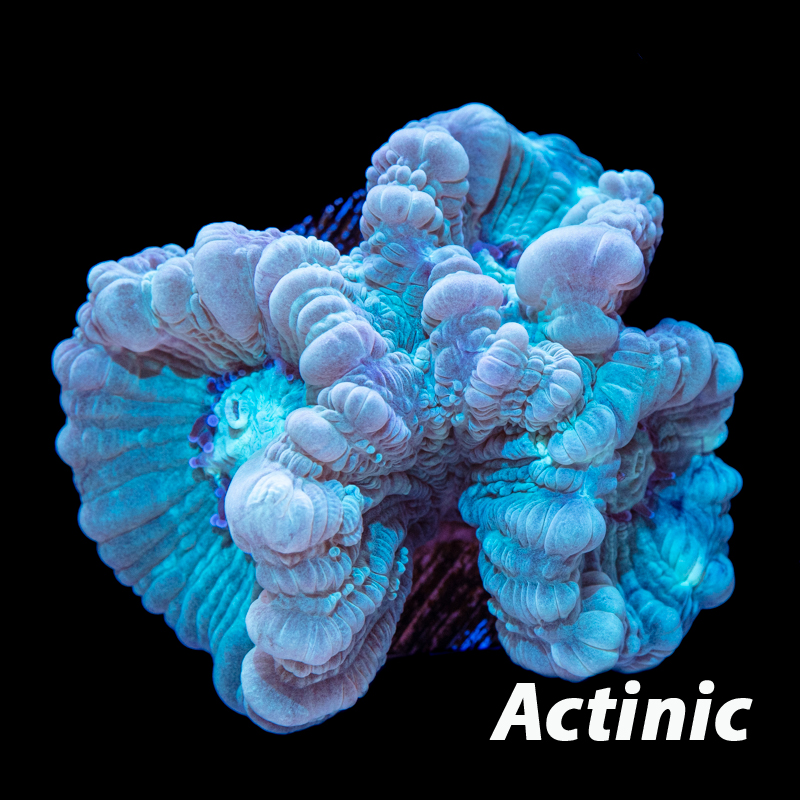

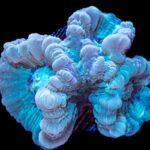
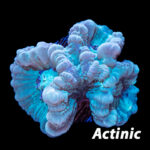
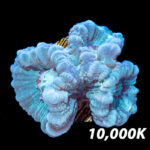
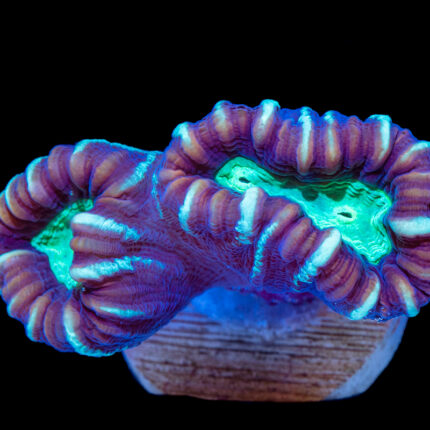
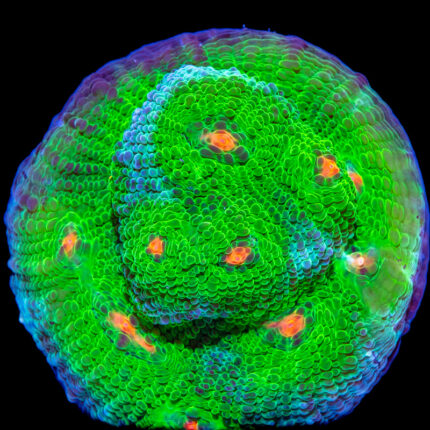




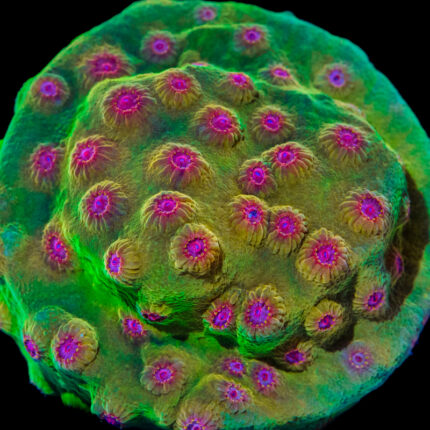





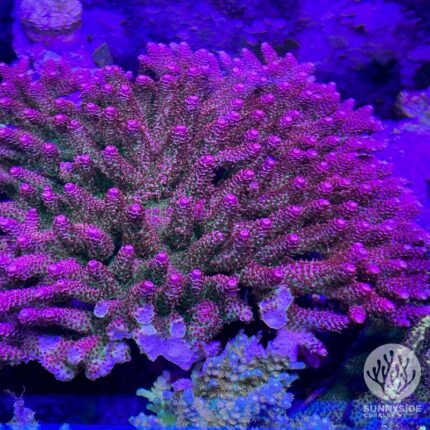
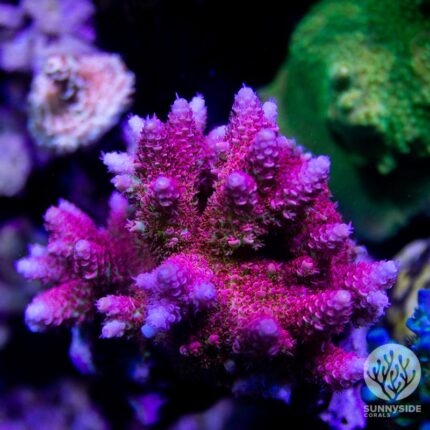


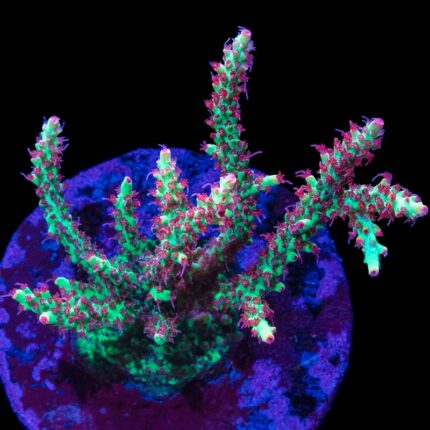
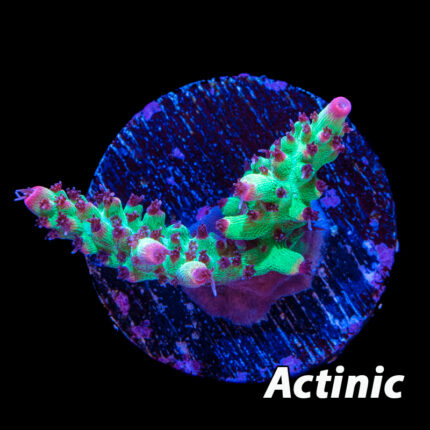
Reviews
There are no reviews yet.